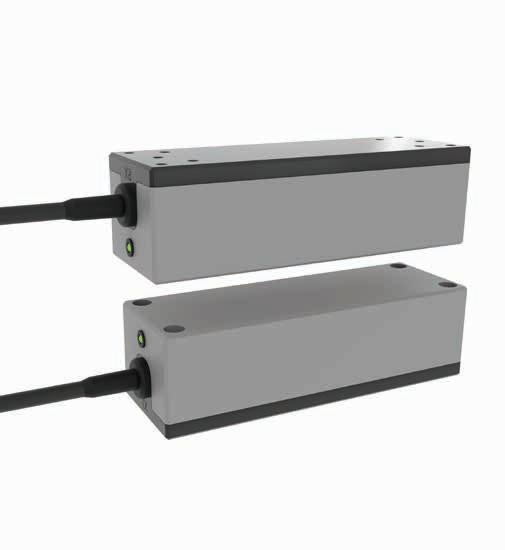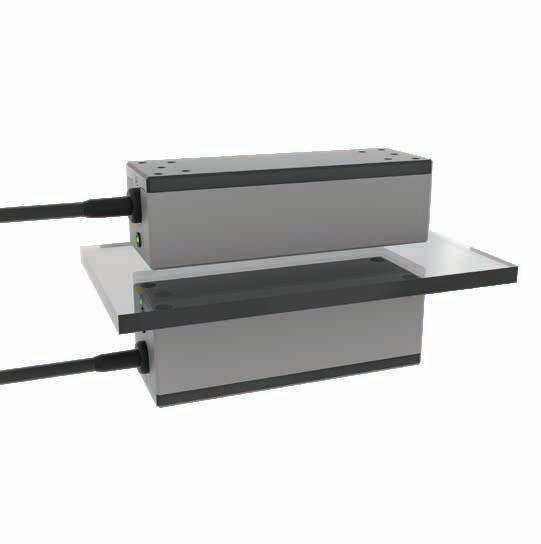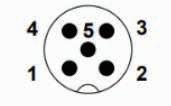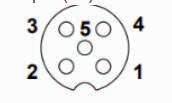CO15CAN EVALUATION KIT
Contactless Power & Data Connectors





To meet the growing demand for more flexible and reliable connections, Radiall introduces a new range of contactless connectors. To support the integration in existing or new systems, Radiall designed this evaluation kit to be perfectly suited for contactless power and data connectivity performances tests.
In all electronic systems, connectors are often the first point of failures. Repeated connection and disconnection, wear and tear, oxidation and corrosion are at the root of these failures. Dust often accumulates and damages the contacts, degrading the signals. These mechanical and environmental stresses limit lifetime and can be the cause of unplanned maintenance and system failure.
With contactless connectors, no physical contact is required to transfer power and/ or data. Easy to use, there’s no need for a hole to pass the cable through or for expensive mechanical solutions to resist harsh environments.
The Co15CAN kit allows you to test technology and discover the benefits of contactless power and data transmission through non-metallic material. Composed of a transmitter (Tx) and a receiver (Rx), it delivers 15 W at a variable distance of transmission 8 to 16 mm.
FEATURES & BENEFITS
• Continuous power of 15 W
• Distance of transmission up to 16 mm
• Misalignment tolerance ±2 mm
• Data transmission
• Unlimited mating cycles
APPLICATIONS
• Industrial
• Medical
• Defense






Easy to use and highly reliable, Radiall’s contactless connectivity offers a maintenance-free alternative to traditional connectors. Test the benefits of release systems from cable constraints with this evaluation kit.
GENERAL SPECIFICATIONS
TECHNOLOGY
Inductive Couplers
OUTPUT POWER 15 W
OPERATING INDICATION
LED Status
MAX TRANSMISSION DISTANCE 8 to 16 mm
MAX MISALIGNMENT X,Y ± 2 mm
(Rx)
CABLE CONNECTORS
ELECTRICAL SPECIFICATIONS

Female (A-Coded)

Female (A-Coded)
DATA SPECIFICATIONS
MECHANICAL SPECIFICATIONS [1]
ENVIRONMENTAL SPECIFICATIONS
PROTECTION Reverse polarity protection and short-circuit protection of the power output
Notes
1. Mechanical specifications for Tx and Rx are the same
